One of the great woodcut books of the C15th; ‘Die Cronica’ of Cologne, 1499
Die Cronica van der hilliger Stat van Coellen.
Cologne: Johann Koelhoff, the Younger, 23 August 1499.
Folio. 13 unnumbered ff., and 14-36 numbered, ij-cccl (with five left unnumbered between those
numbered lvij and lix) [A6, B6, A6-I6, K10, L6-Z6, a6-d6, e4, f6-z6, aa6-nn4].
Collation: A B 2A–I6 K10 L–Z a–d6 e4 f–z aa–nn6.
368 woodcuts; woodcut initials, borderpieces and numerous woodcuts (including many repetitions).
Old blind panelled calf over wooden boards, two brass fore-edge clasps, edges stained blue (German,
17th century).
Analysis of Content
A1r [Title-page with woodcut and verse.] Incipit: ‘Sancta Colonia diceris hinc, quia sanguine tincta |
Sanctorum, meritis quorum stas vndique cincta’; 2 hexameters.
A2r ‘Dat register ind wijsunge eyn yecklich puntgyn diß boichs tzo vynden, dat men soichen ind wissen will’.
2A1r [Second title-page with woodcut and verse.] Incipit: ‘Sancta Colonia diceris hinc, quia sanguine tincta |
Sanctorum, meritis quorum stas vndique cincta’; 2 hexameters.
2A2r Die Cronica van der hilliger stat van Coellen [German].1
Background
First Edition, first issue of one of the great woodcut books of the 15th century, a monument of the Low German
language and one of the most important historical sources of its time, as well as a notable “Volksbuch.” Apart
from Schedel the most important chronicle of the 15th century. More than a town chronicle, the
Cologne Chronicle is a European history on a grand scale, interspersed with poems in German, and a
tremendous wealth of detail on the politics, business, high and low society, and religious orders of its time and
place. The volume is adorned with a profusion of extremely fine illustrations, some of which have been
colored by a contemporary hand in this copy.
On ff. CCCxi-CCCxij is by far the longest and best early printed account of the development and history of
printing during its first half century. The passage describes the Gutenberg Bible, saying that its printing was
commenced in 1450, mentions the Donatus editions printed in the Netherlands, names the discoverer as
Johann Gudenburch, a native of Mainz born in Strassburg; presents Nicolaus Genson (Jenson) as a paradigm
of printing, and calls attention to the first printer at Cologne, Ulrich Zell, etc.
References
ISTC: ic00476000
GW 6688;
Hain: HC *4989;
Goff C‑476;
BMC I 299;
Proctor: Pr 1464;
Others: Baer, Die Illustrierten Historienbücher, p. lxix, no. 447; Borchling–Claussen 312; BSB‑Ink C‑284;
Hillard 612; Oates 830-1; Schramm VIII p. 26; Schreiber V 3753; Sheppard 1084; Voulliéme, Köln, 324.

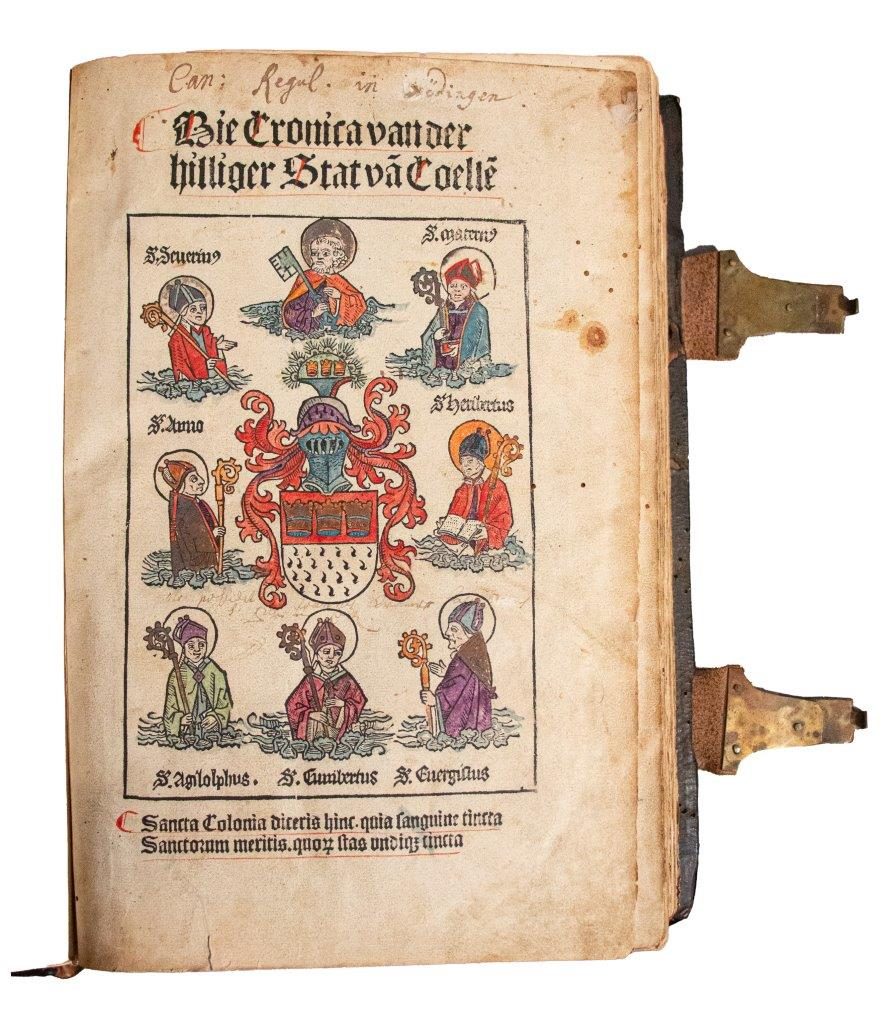
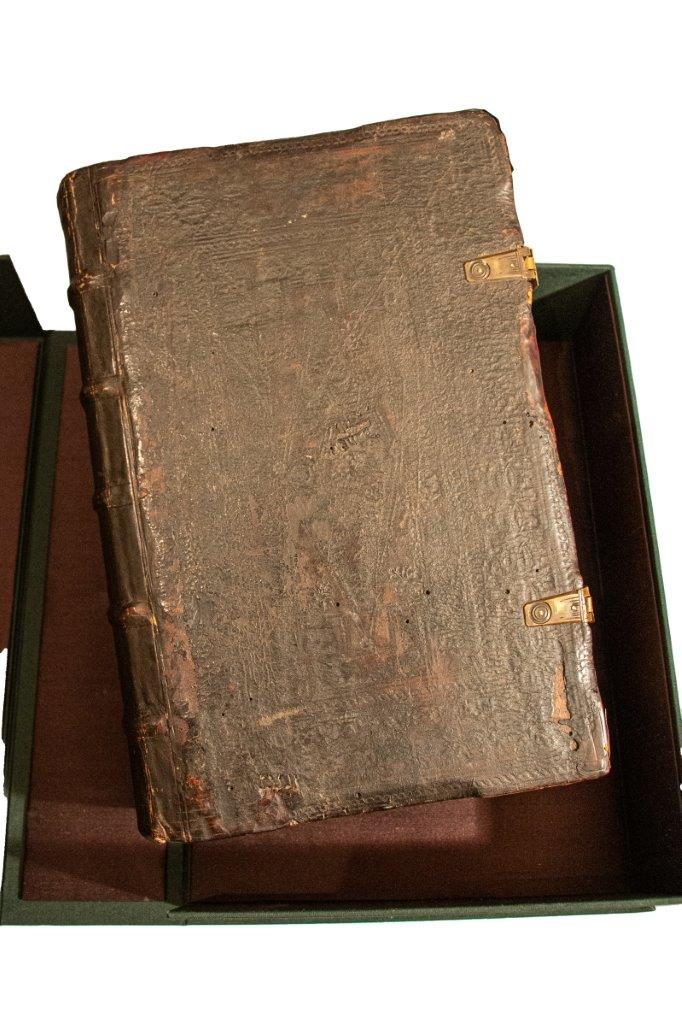
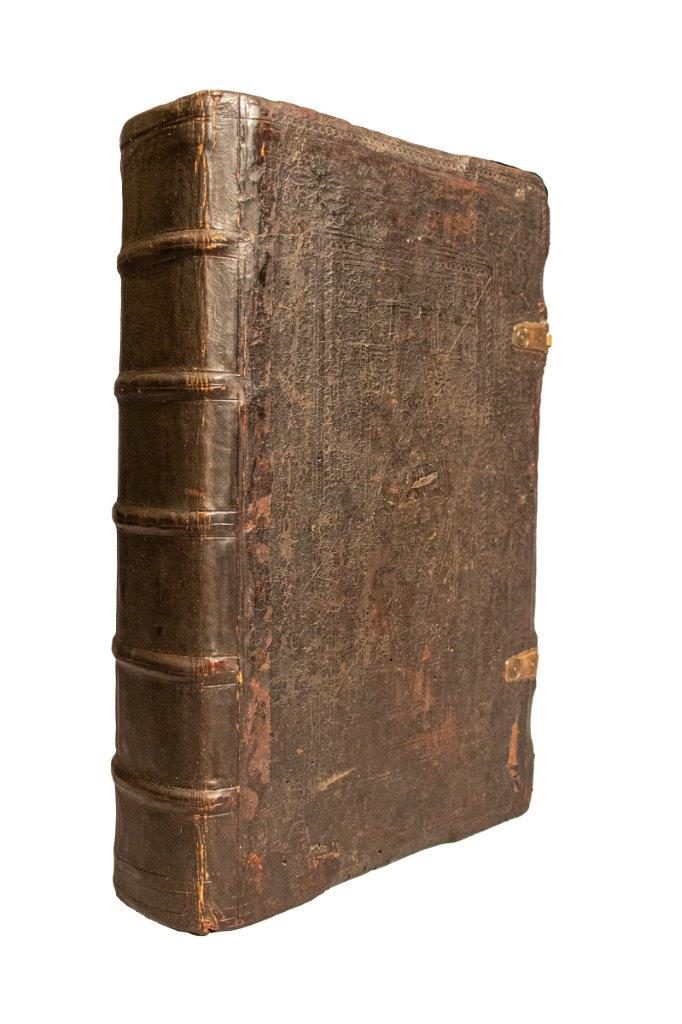



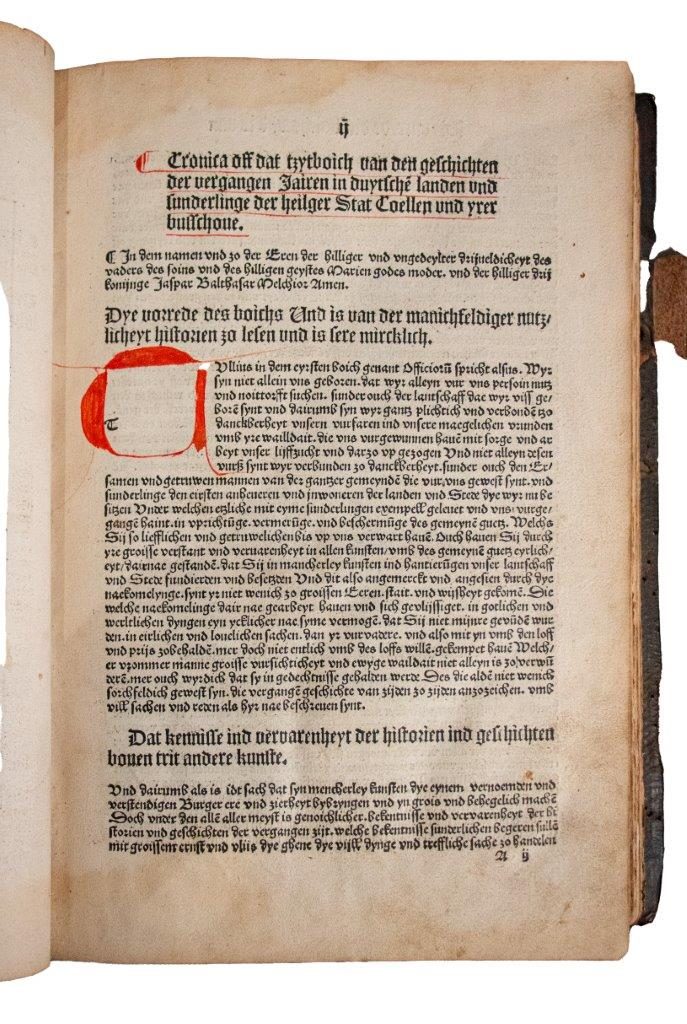
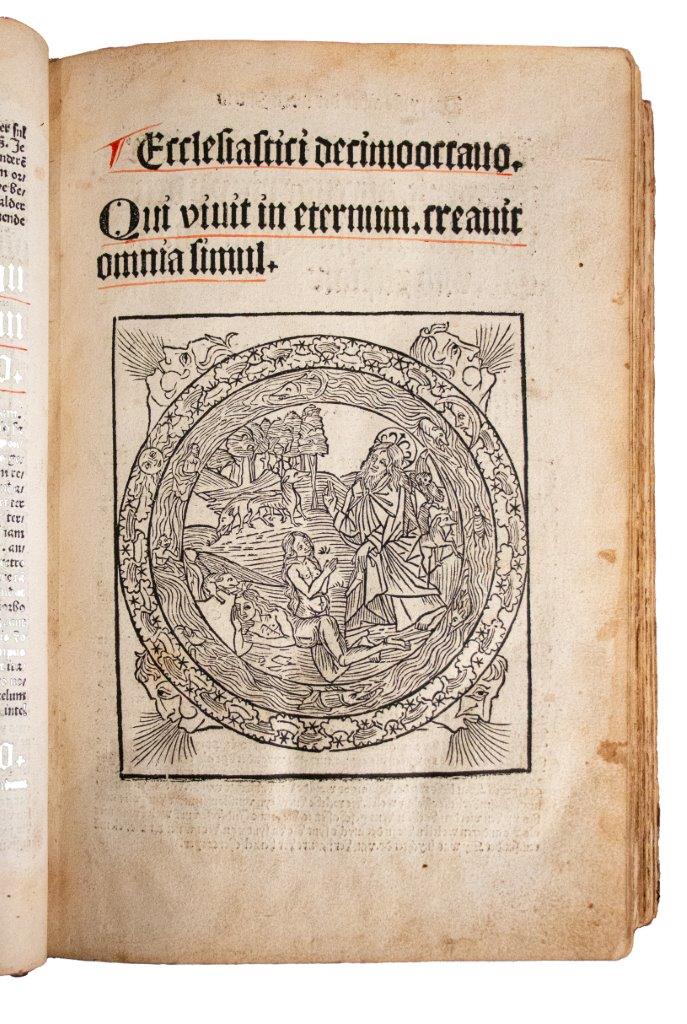
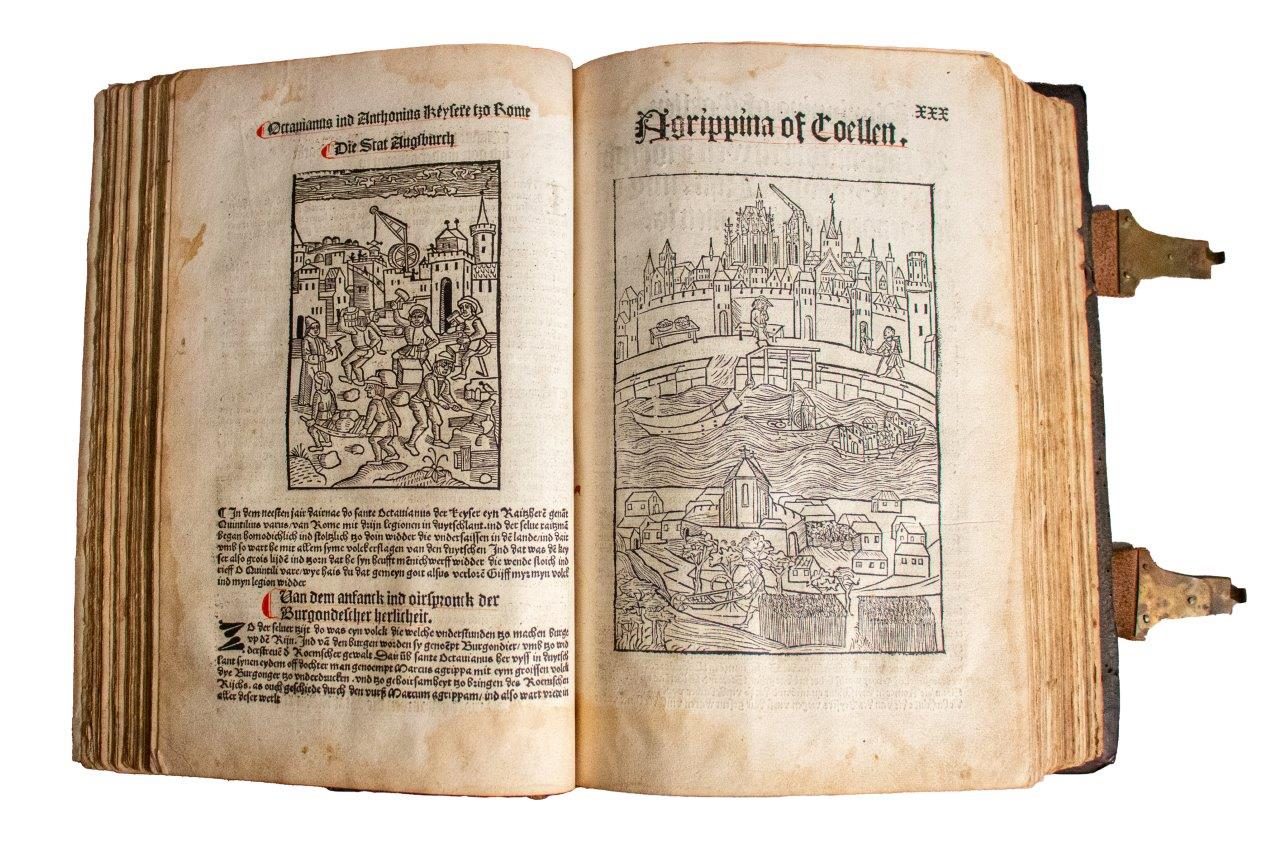
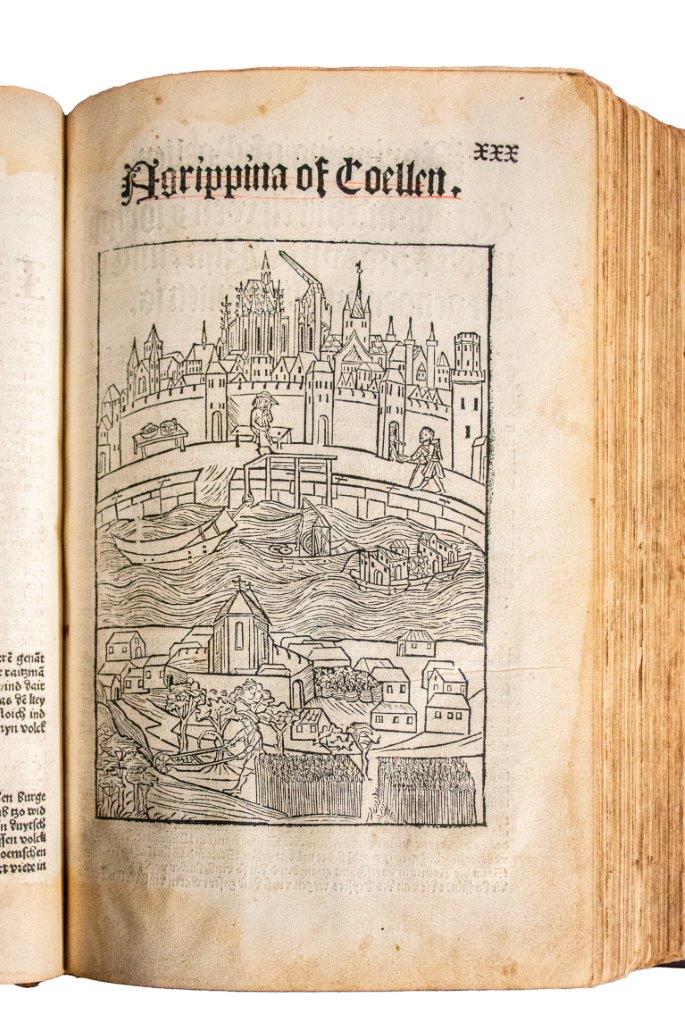
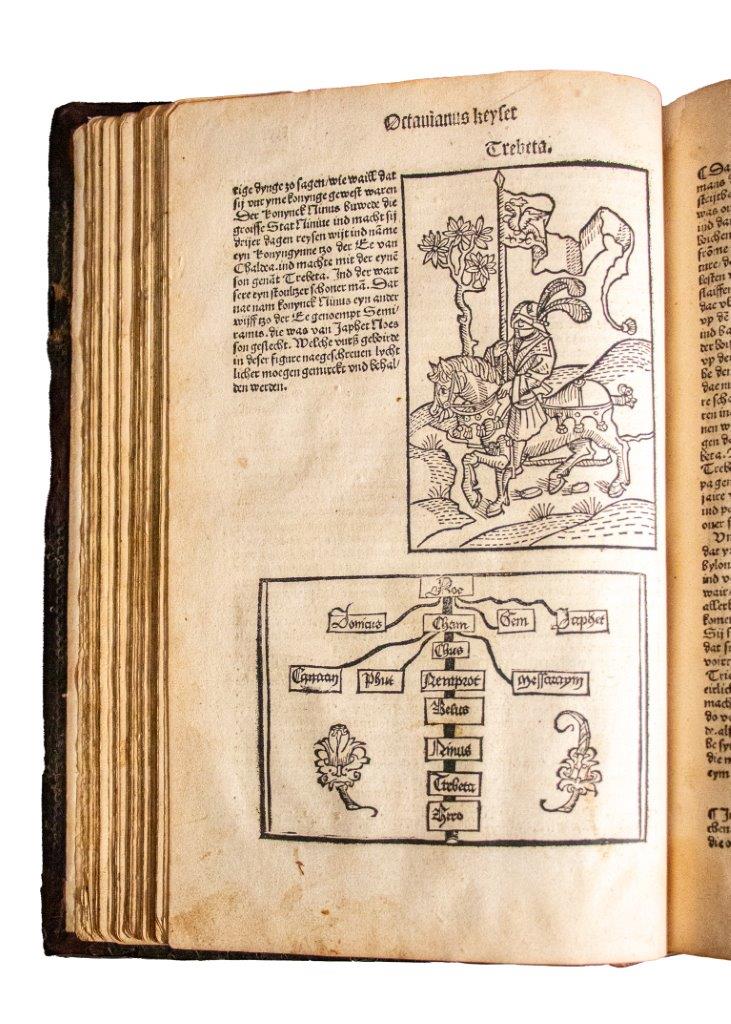
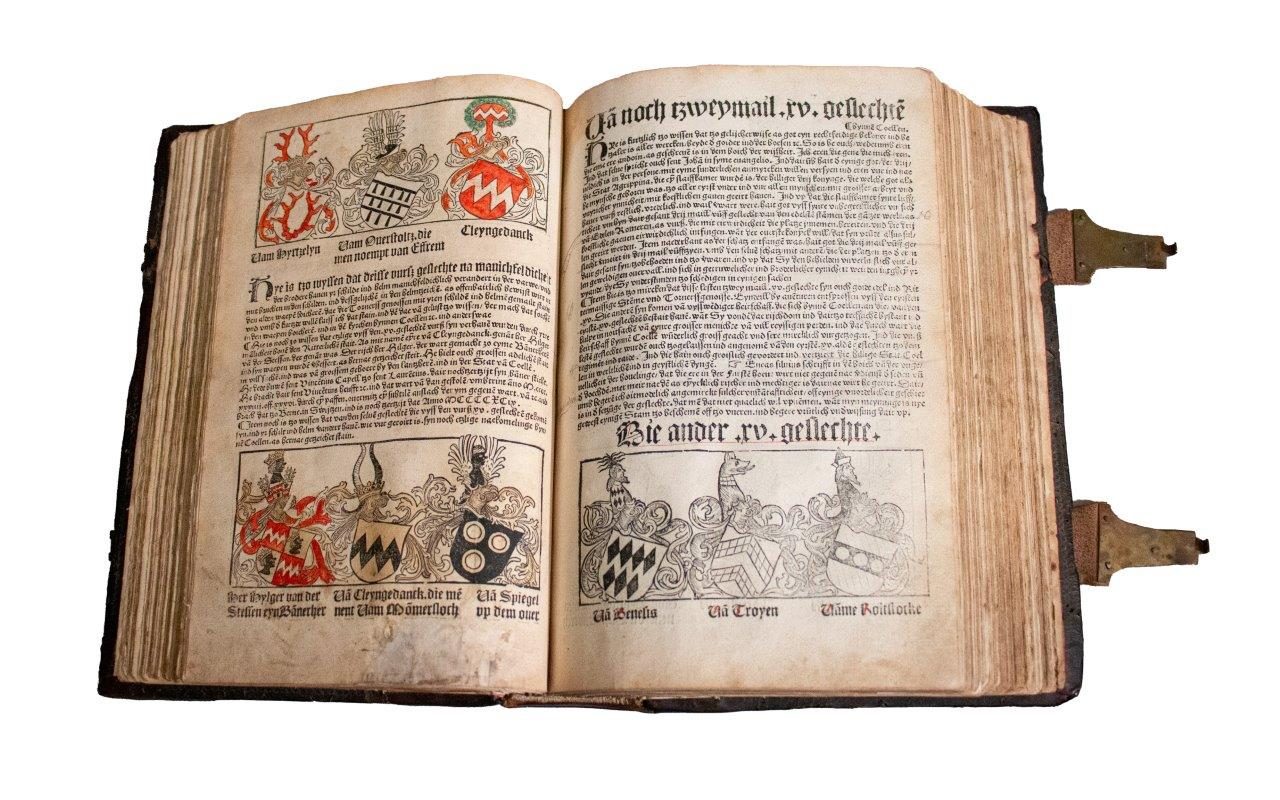

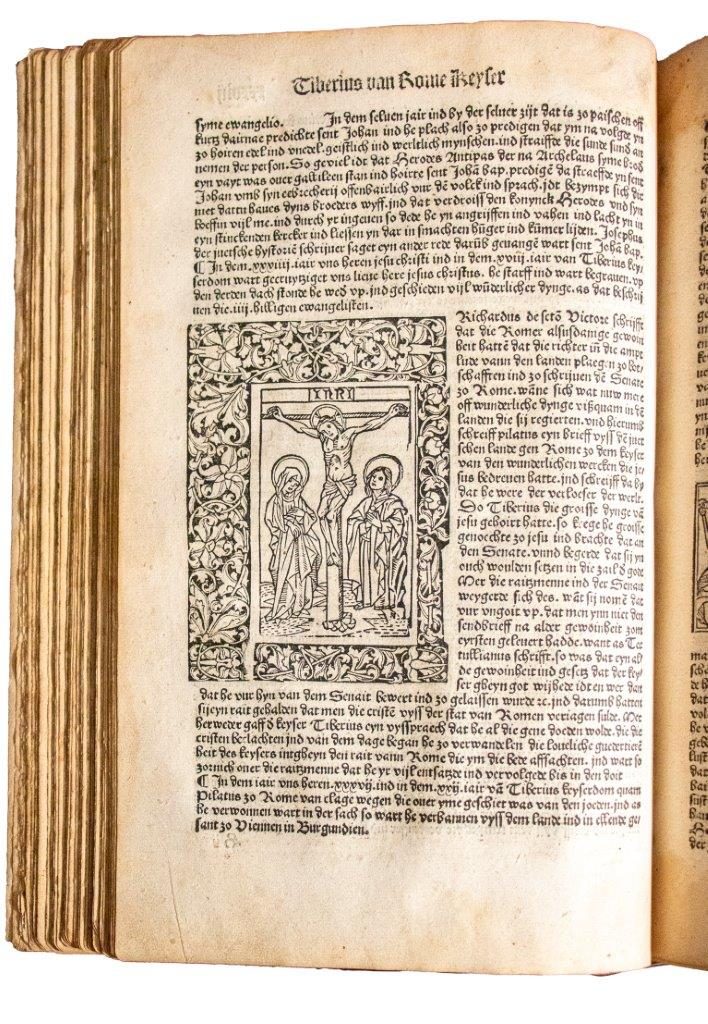
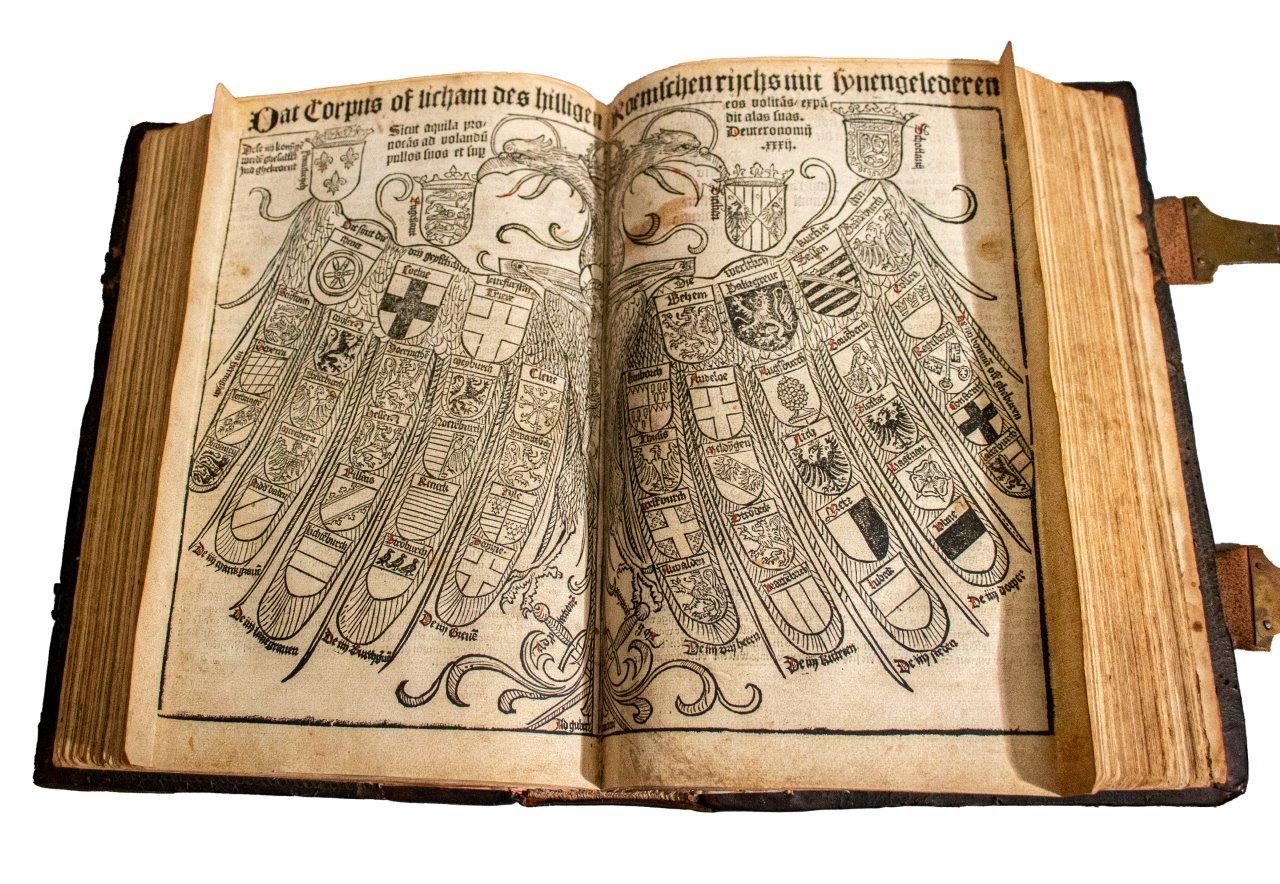
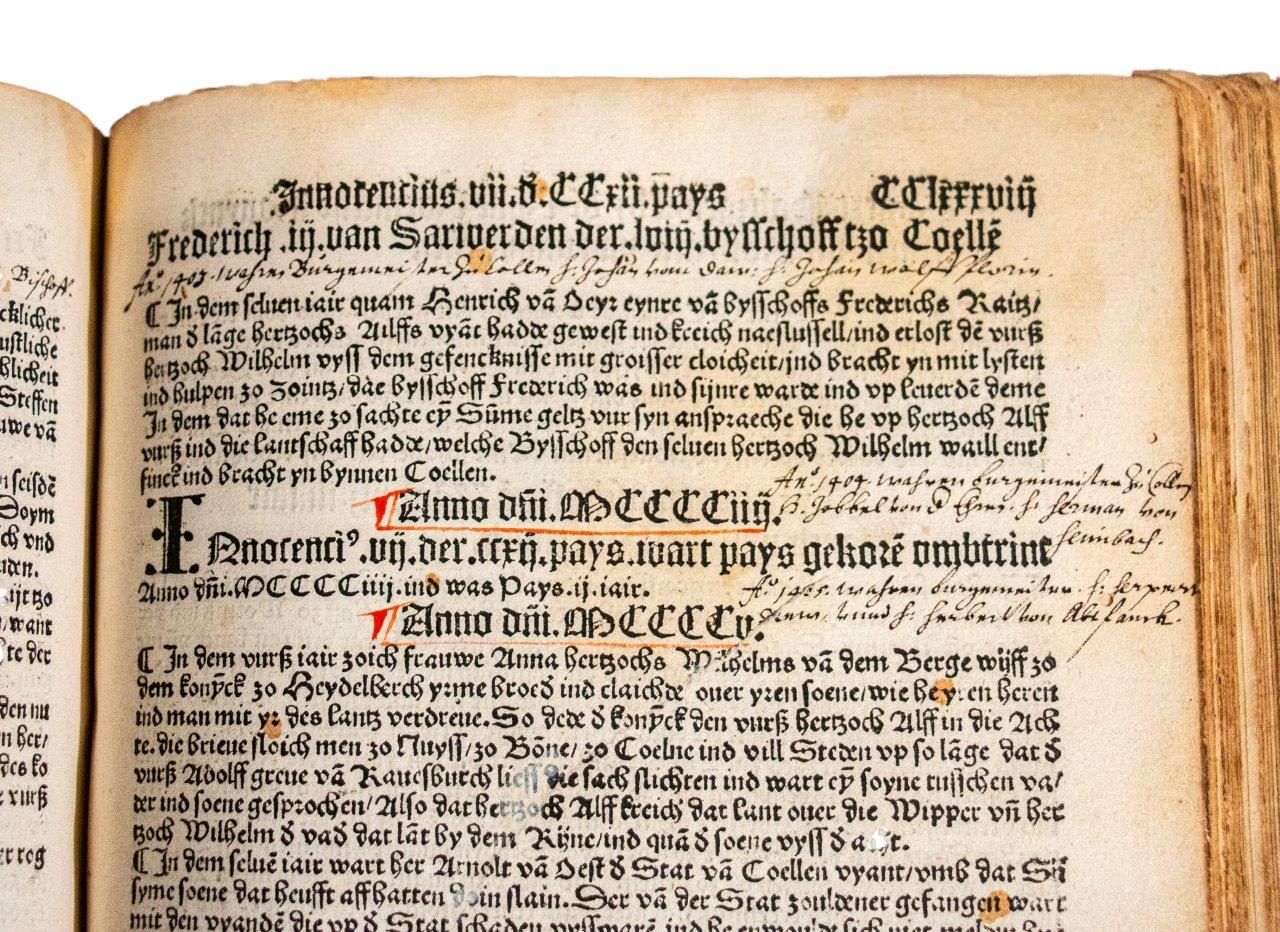
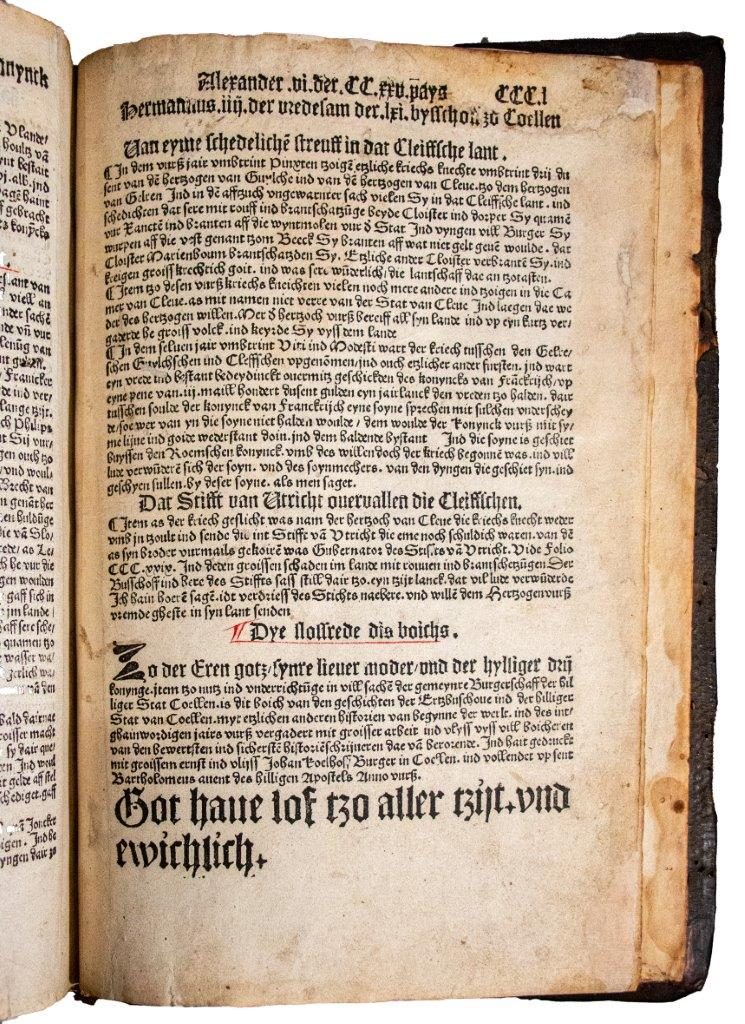
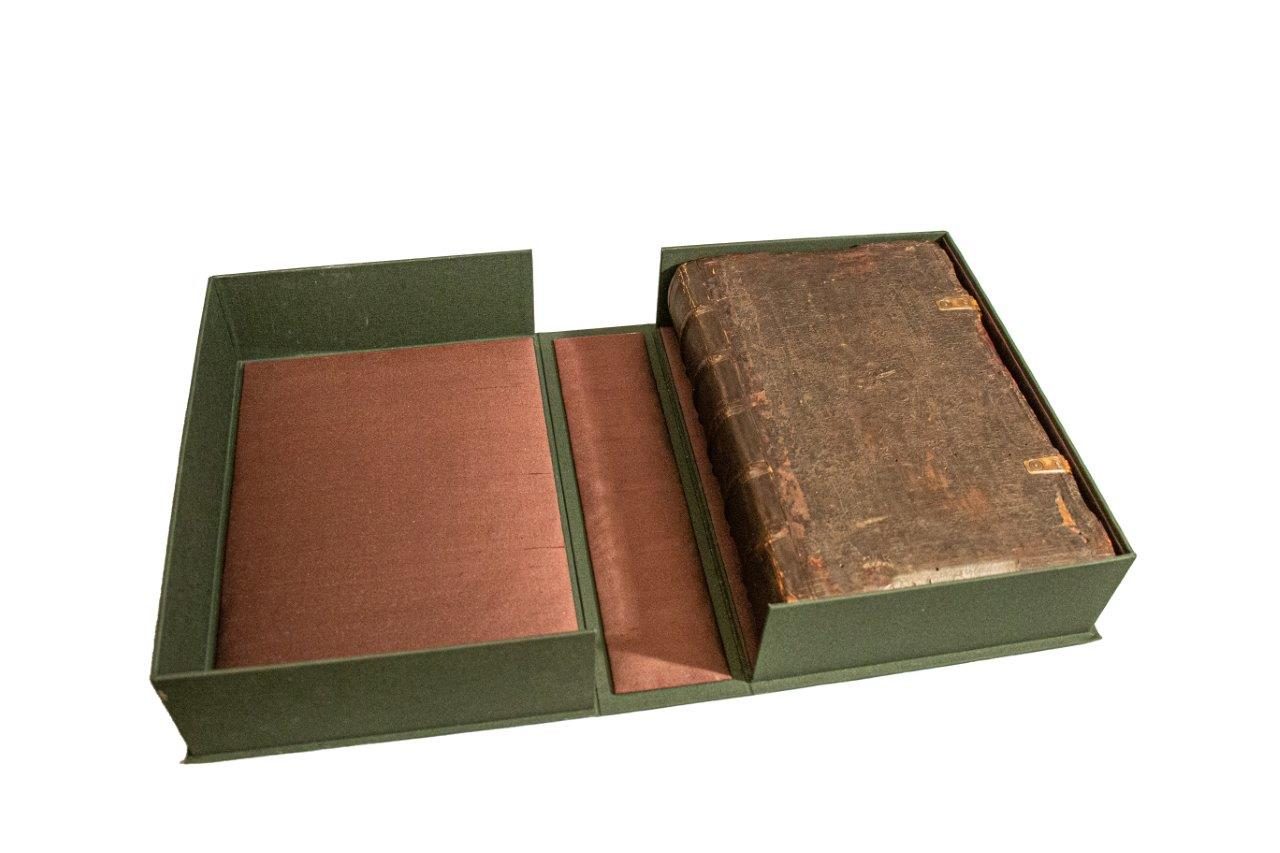
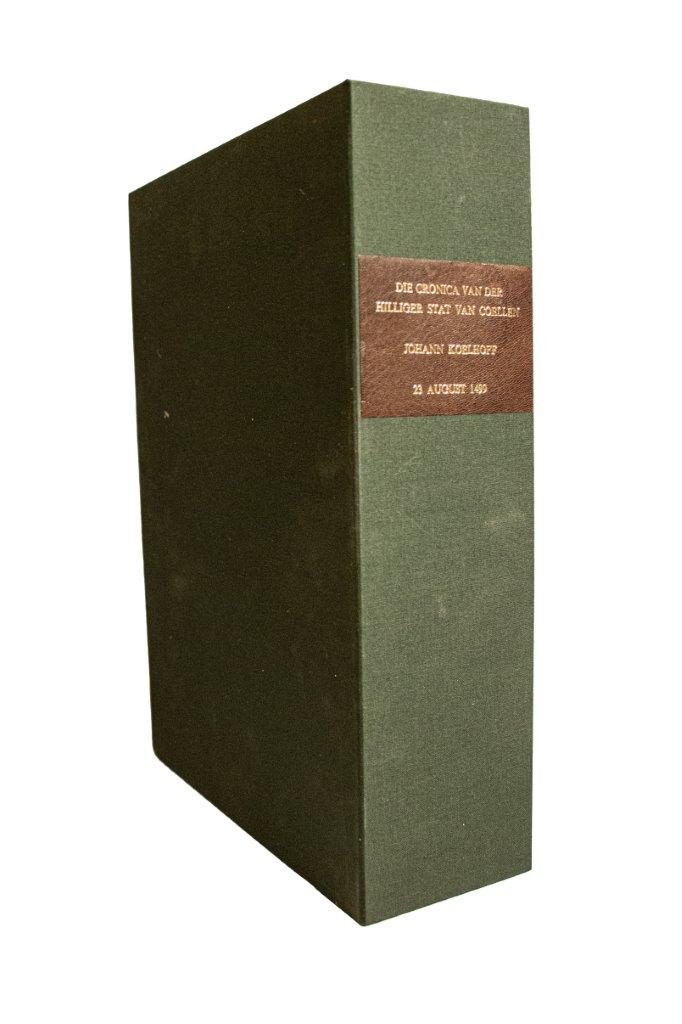
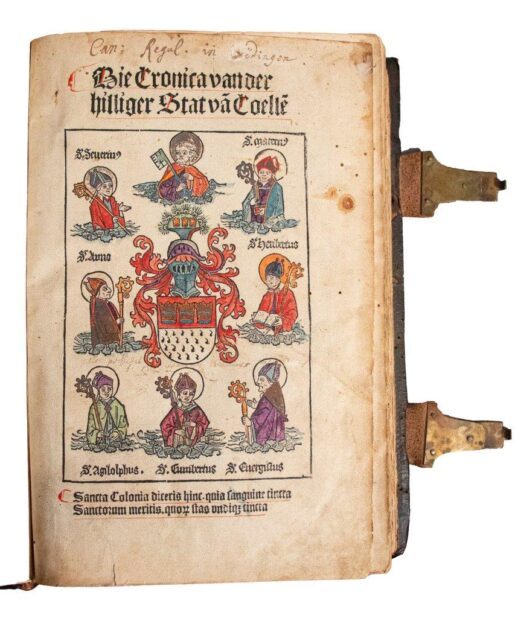
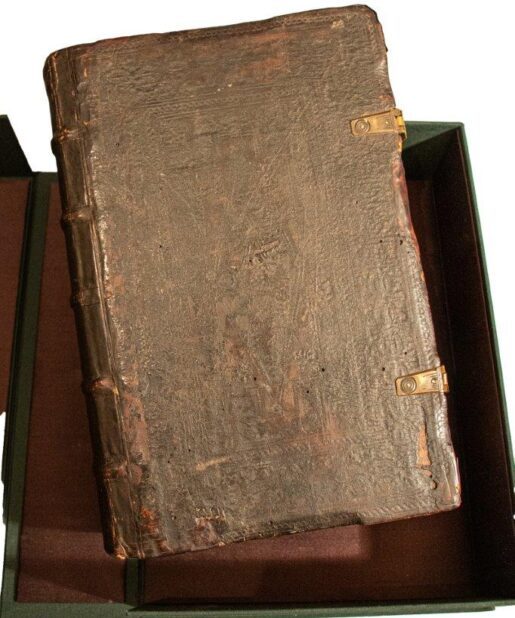
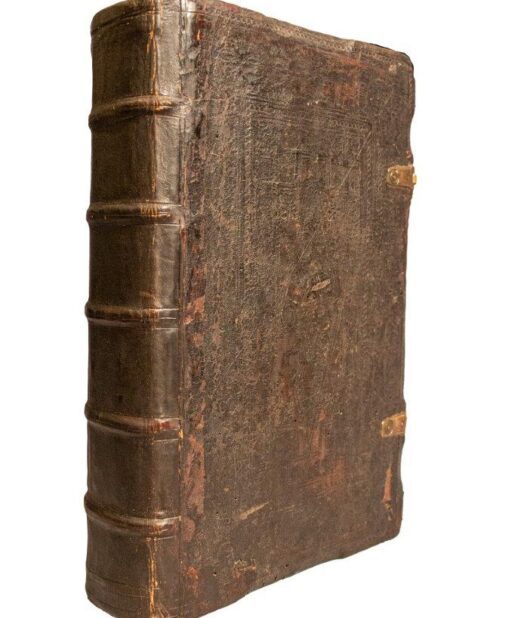
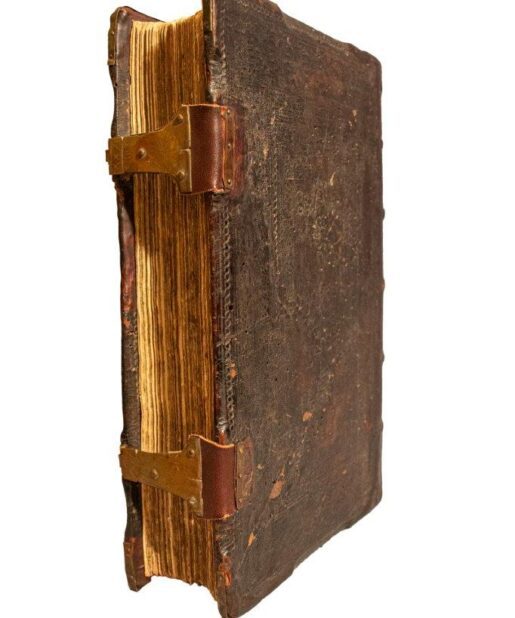
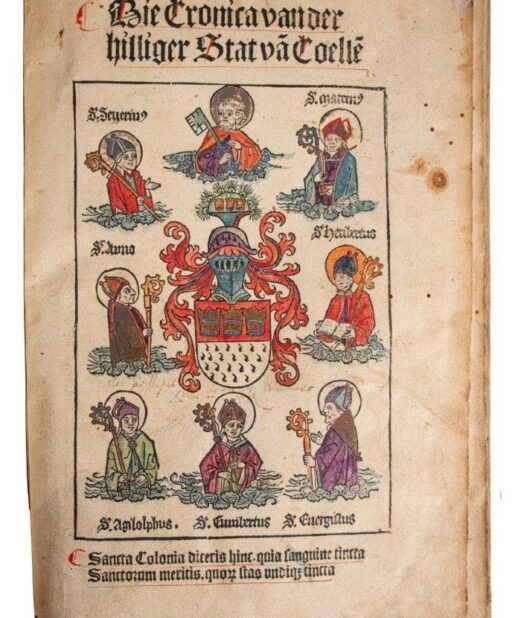
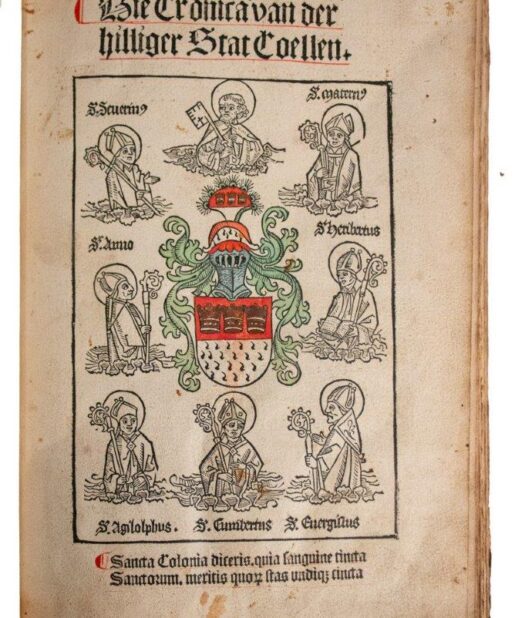
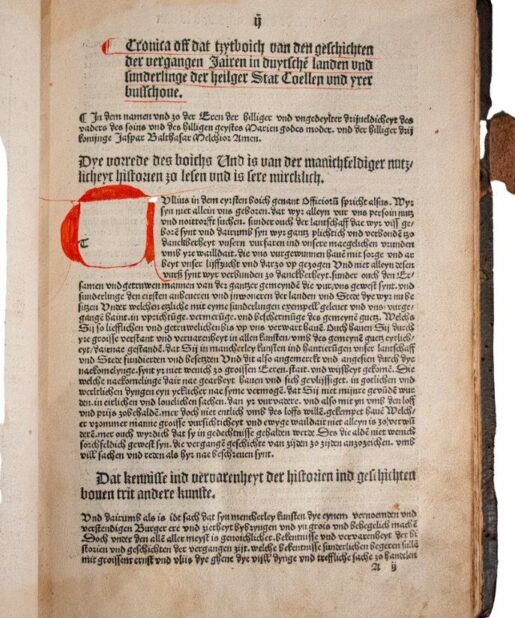
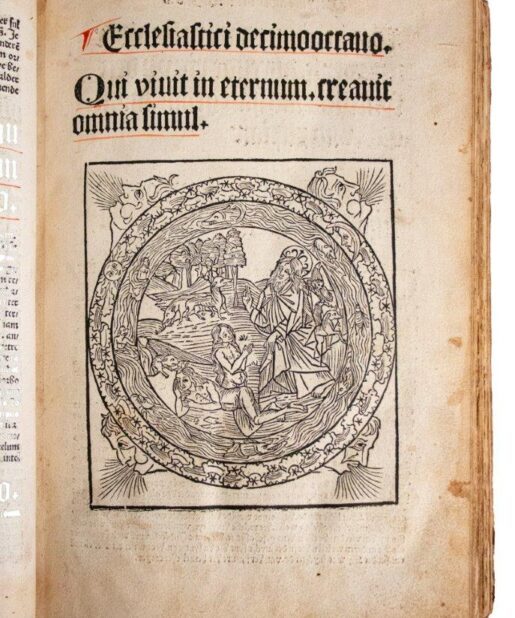
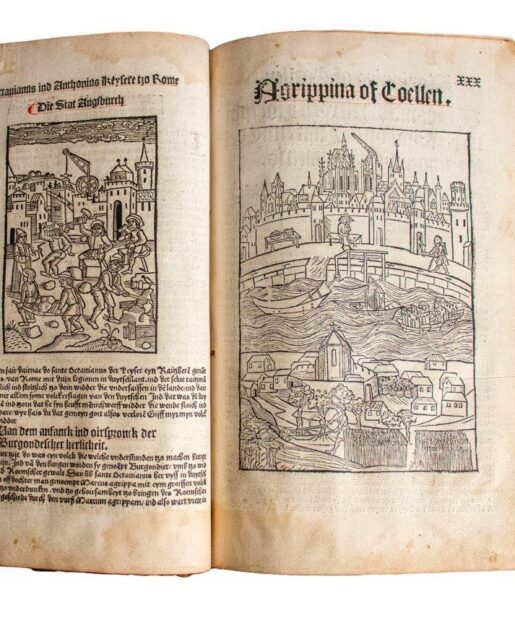
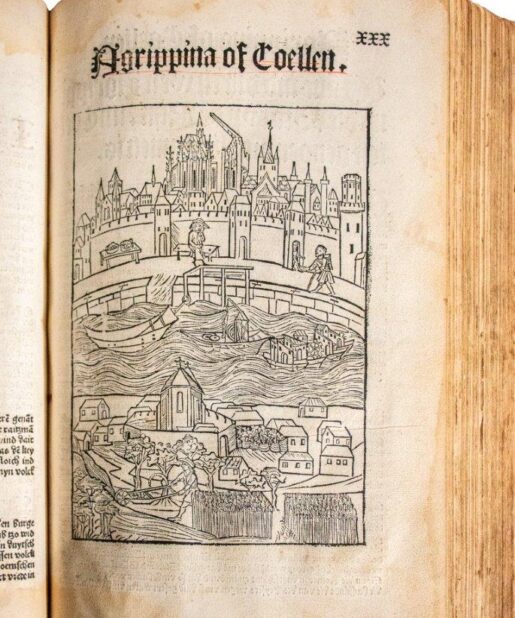
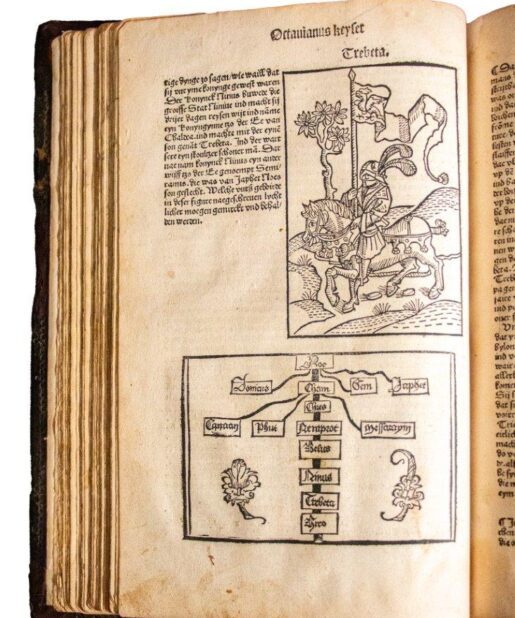
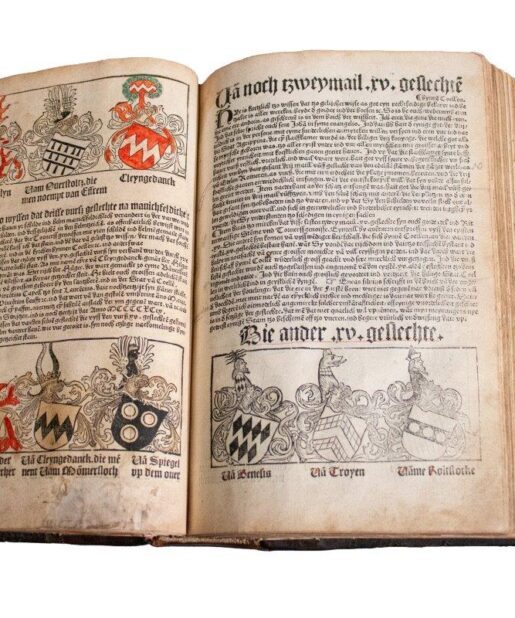
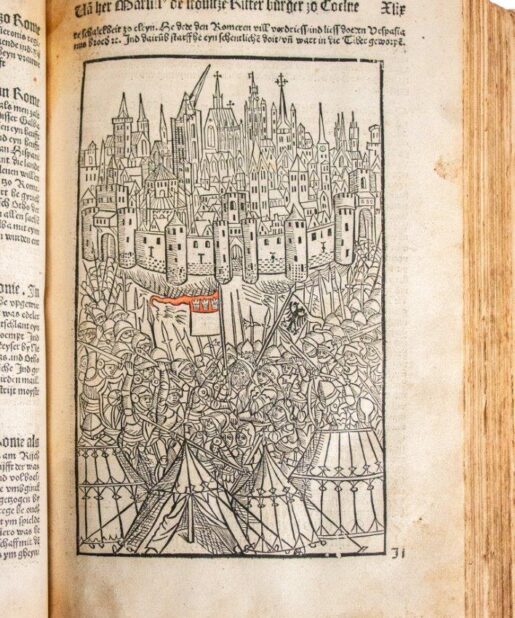
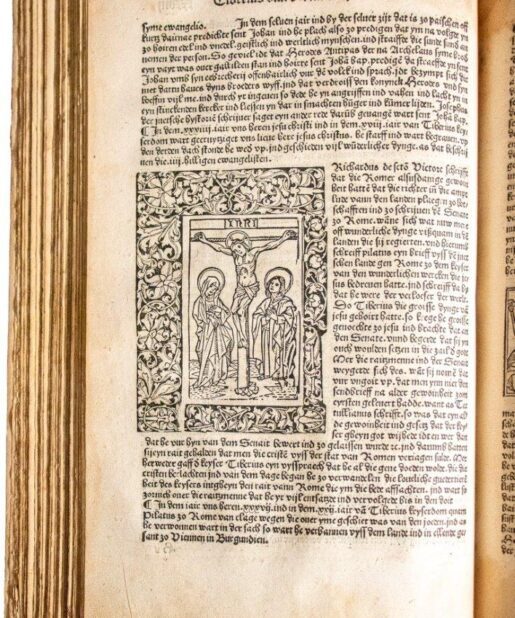
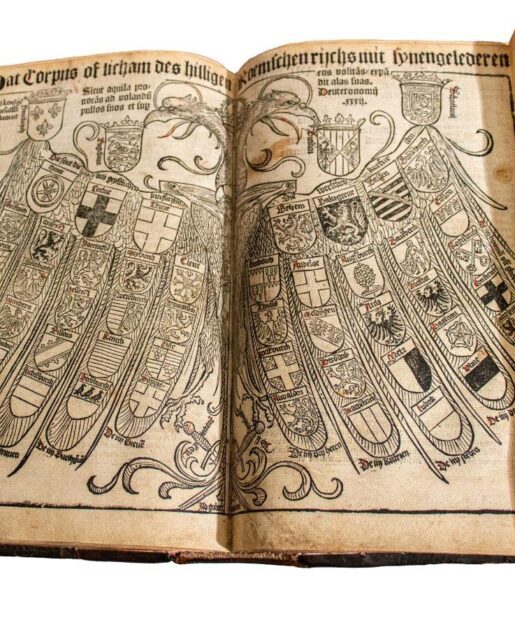
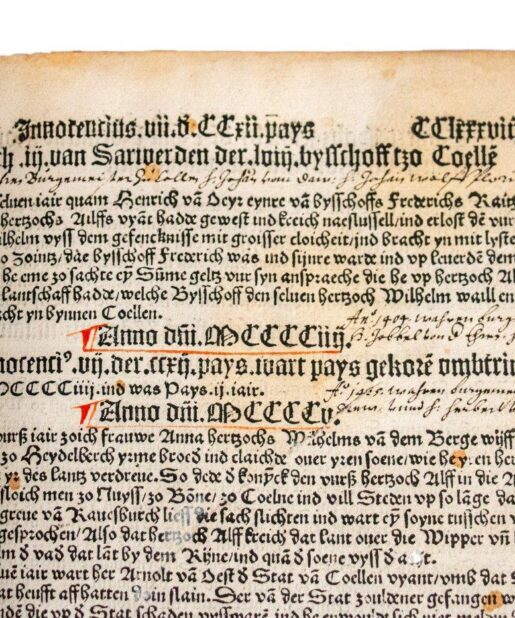
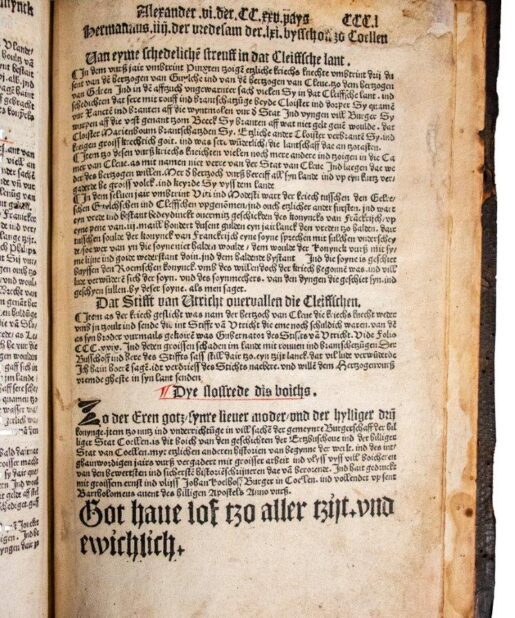
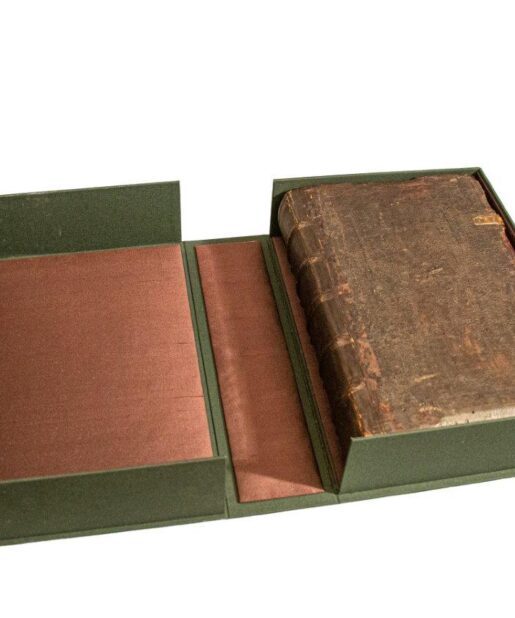
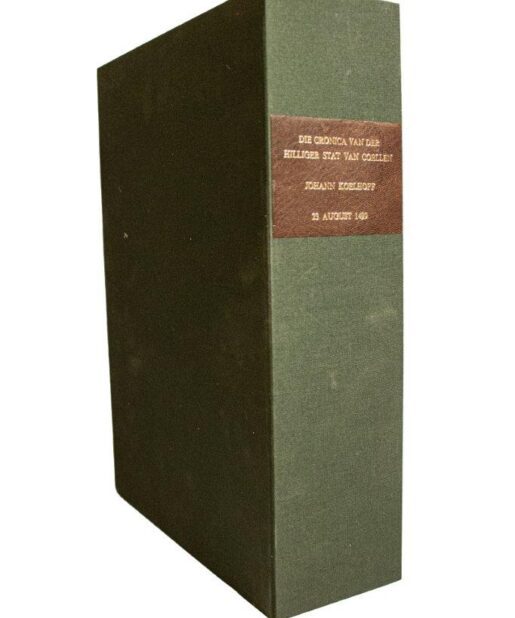
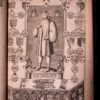
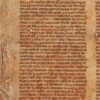
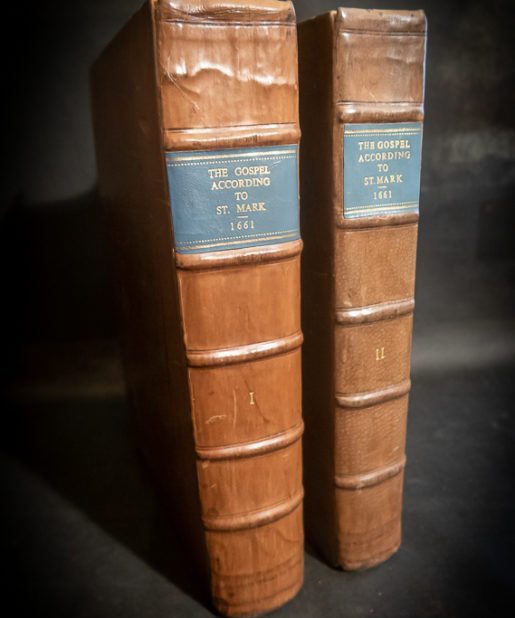
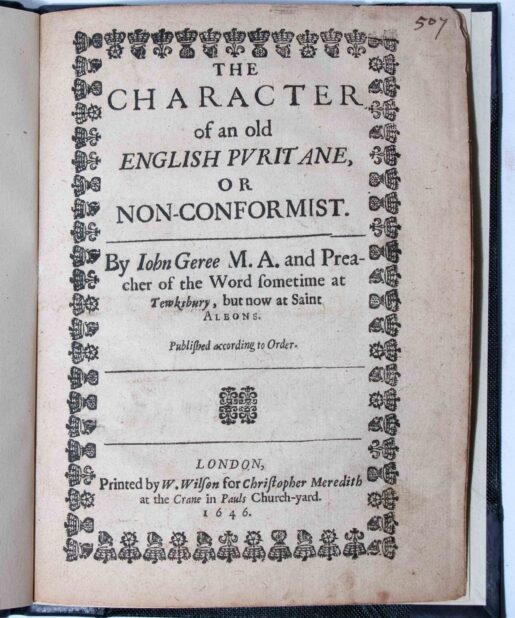
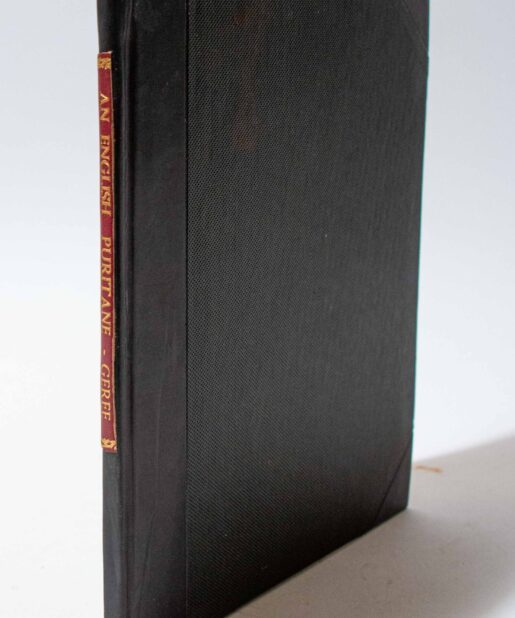
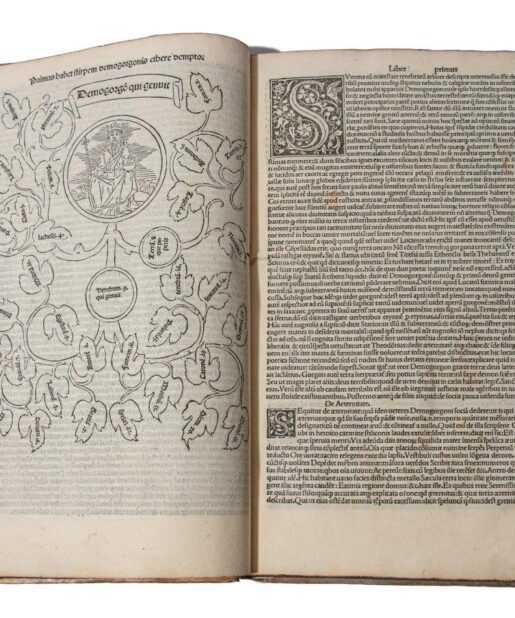
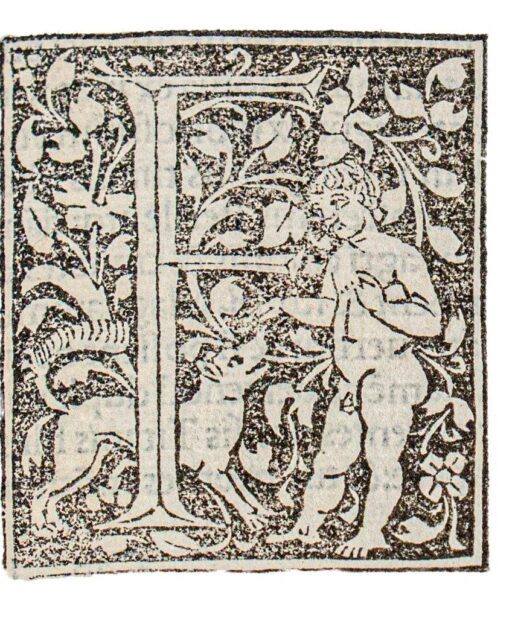
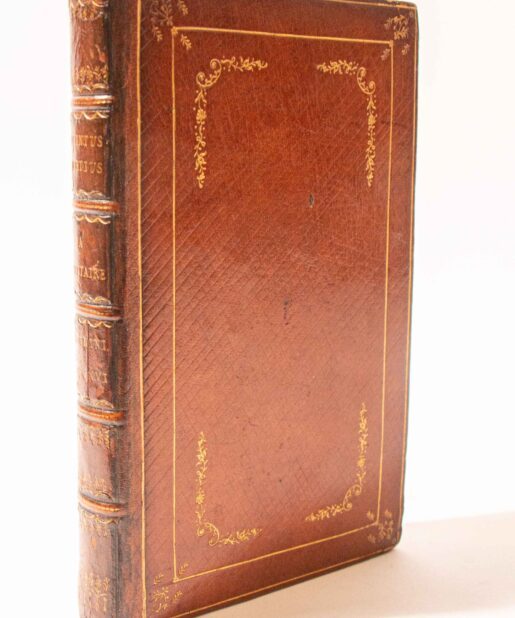
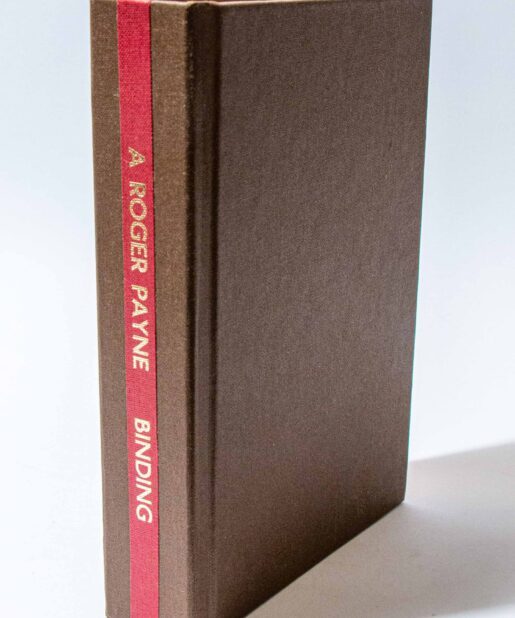
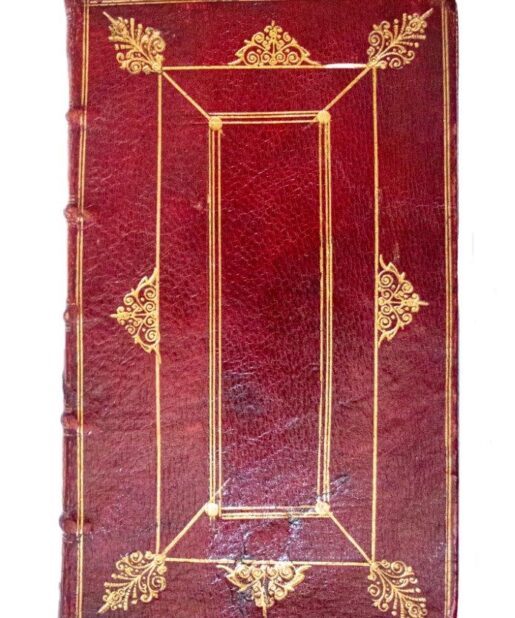
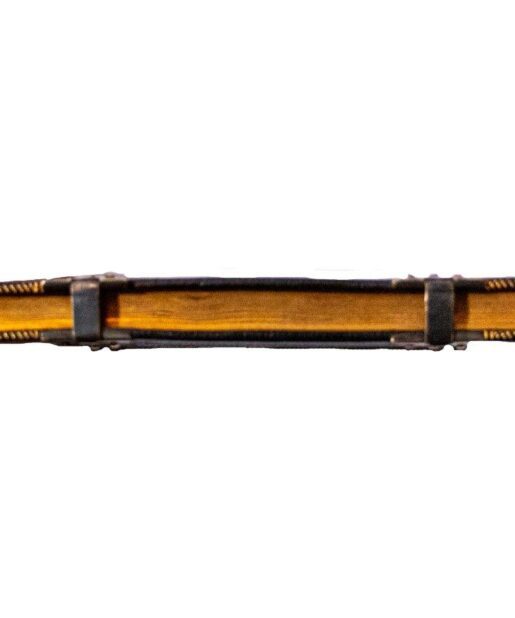
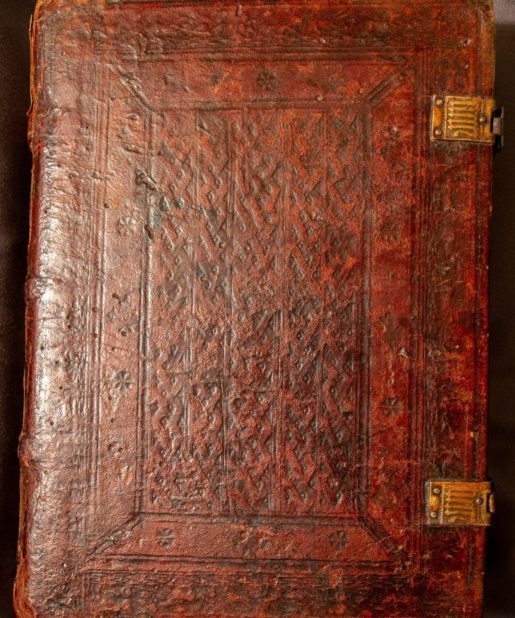
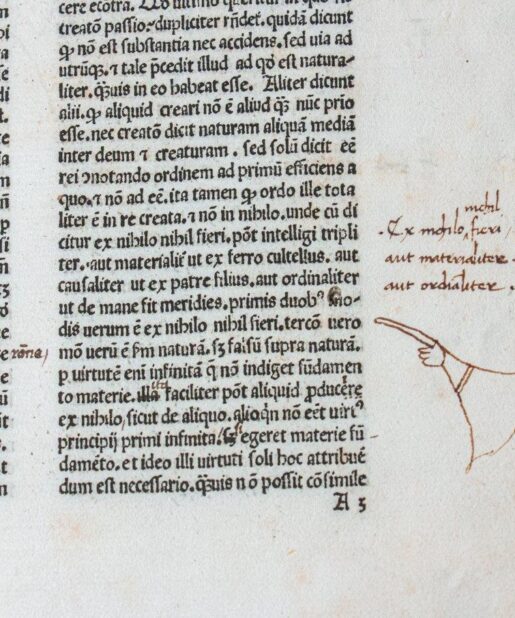
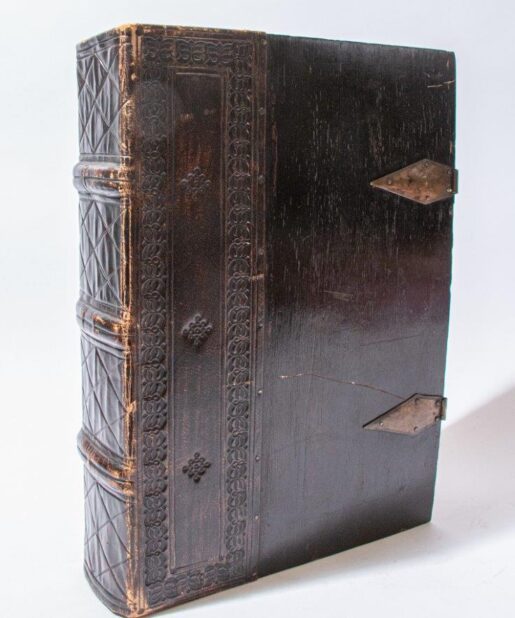
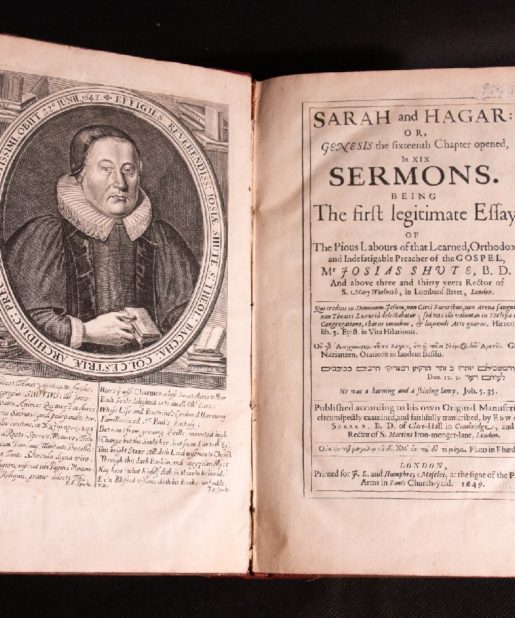
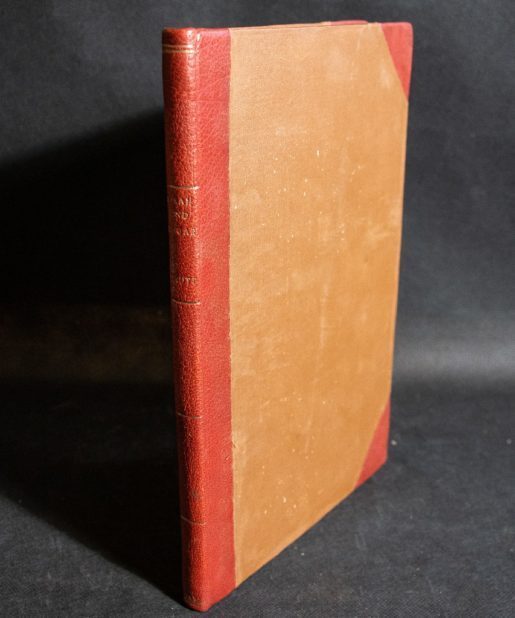
Reviews
There are no reviews yet.